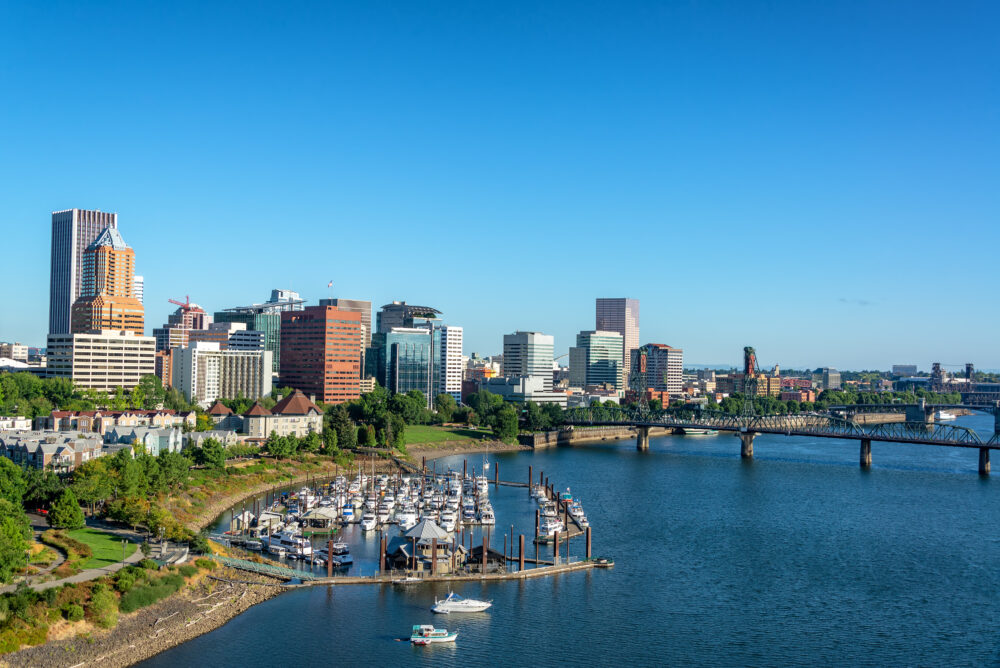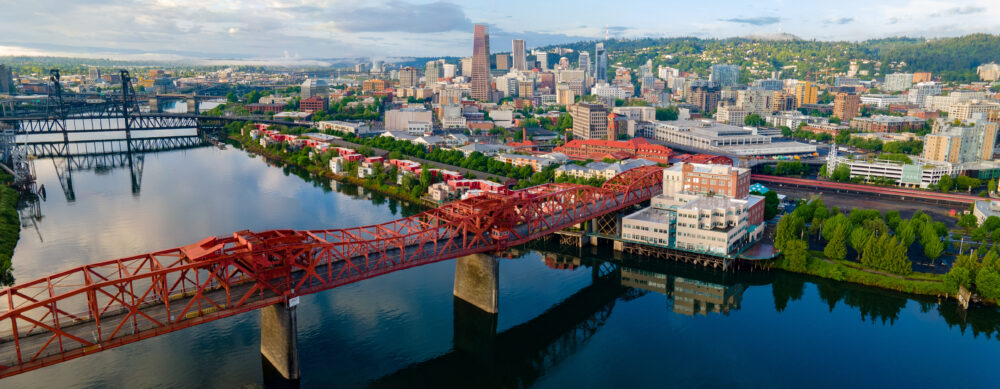Nestled in the Pacific Northwest, Oregon boasts a rich tapestry of history, spanning millennia of human habitation and exploration. From the indigenous tribes that first called this land home to the pioneers who forged new paths during the westward expansion, Oregon’s story is one of resilience, innovation, and cultural diversity. Let’s embark on a journey through the fascinating history of Oregon, uncovering the key chapters that have shaped its identity and legacy.
Native Roots: The Indigenous Peoples of Oregon
Long before European settlers arrived, Oregon was inhabited by diverse indigenous tribes, each with their own unique cultures, languages, and traditions. The region was home to tribes such as the Chinook, Kalapuya, Nez Perce, and many others, who thrived in harmony with the land for thousands of years. These native peoples developed sophisticated societies, mastering the art of fishing, hunting, and gathering. Their rich heritage continues to influence Oregon’s cultural landscape today, evident in place names, traditions, and artistic expressions.
Exploration and Expansion: The Arrival of European Settlers
The late 18th century saw the arrival of European explorers along the Oregon coast, marking the beginning of significant changes for the region. Spanish, British, and American explorers navigated the rugged coastline, seeking new trade routes and territories. In 1805, the Lewis and Clark Expedition, commissioned by President Thomas Jefferson, made its way through Oregon, opening the door to further exploration and settlement. The fur trade also played a crucial role in Oregon’s early history, attracting traders and trappers to the region in search of valuable pelts.
The Oregon Trail: Pioneers and Manifest Destiny
The mid-19th century witnessed a surge of pioneers migrating westward along the Oregon Trail, drawn by the promise of fertile land and new opportunities. The grueling journey covered over 2,000 miles of rugged terrain, testing the endurance and resilience of those who embarked on it. Thousands of settlers braved harsh conditions, disease, and Native American conflicts to reach the fertile valleys of Oregon’s Willamette Valley, where they established homesteads and communities. The Oregon Trail remains a symbol of America’s westward expansion and the spirit of Manifest Destiny.
Statehood and Growth: The Making of Modern Oregon
In 1843, pioneers in the Oregon Country established a provisional government, laying the groundwork for future statehood. Oregon officially became the 33rd state of the United States on February 14, 1859, amidst a backdrop of rapid growth and development. The discovery of gold in the region spurred further settlement and economic expansion, attracting prospectors and entrepreneurs from far and wide. By the late 19th century, Oregon had emerged as a vital hub for trade, agriculture, and industry, fueled by its abundant natural resources and strategic location.

Challenges and Triumphs: Navigating the Twists of History
Oregon’s history is marked by both triumphs and challenges, from the struggle for indigenous rights to the fight for environmental conservation. The 20th century saw significant social and political movements, including the women’s suffrage campaign and the civil rights movement, which shaped Oregon’s identity as a progressive and forward-thinking state. The preservation of Oregon’s natural beauty became a priority, leading to the establishment of national parks, wildlife refuges, and conservation areas.
A Legacy of Diversity: Oregon Today and Tomorrow
Today, Oregon stands as a vibrant and diverse state, celebrated for its stunning landscapes, thriving cities, and cultural richness. From the bustling streets of Portland to the rugged coastline of the Pacific Ocean, Oregon offers a wealth of experiences for residents and visitors alike. As the 27th most populous state in the U.S., Oregon continues to attract newcomers seeking a better quality of life and opportunities for growth. Looking to the future, Oregon remains committed to preserving its heritage while embracing innovation and progress, ensuring that its story continues to inspire generations to come.

The history of Oregon is a testament to the resilience, determination, and diversity of its people. From the indigenous tribes who first called this land home to the pioneers who carved out a new life on the frontier, Oregon’s story is one of courage, perseverance, and cultural exchange. As we reflect on the past and look to the future, let us celebrate the rich tapestry of history that has shaped the identity and legacy of this remarkable state.
Panel System Installation Oregon
